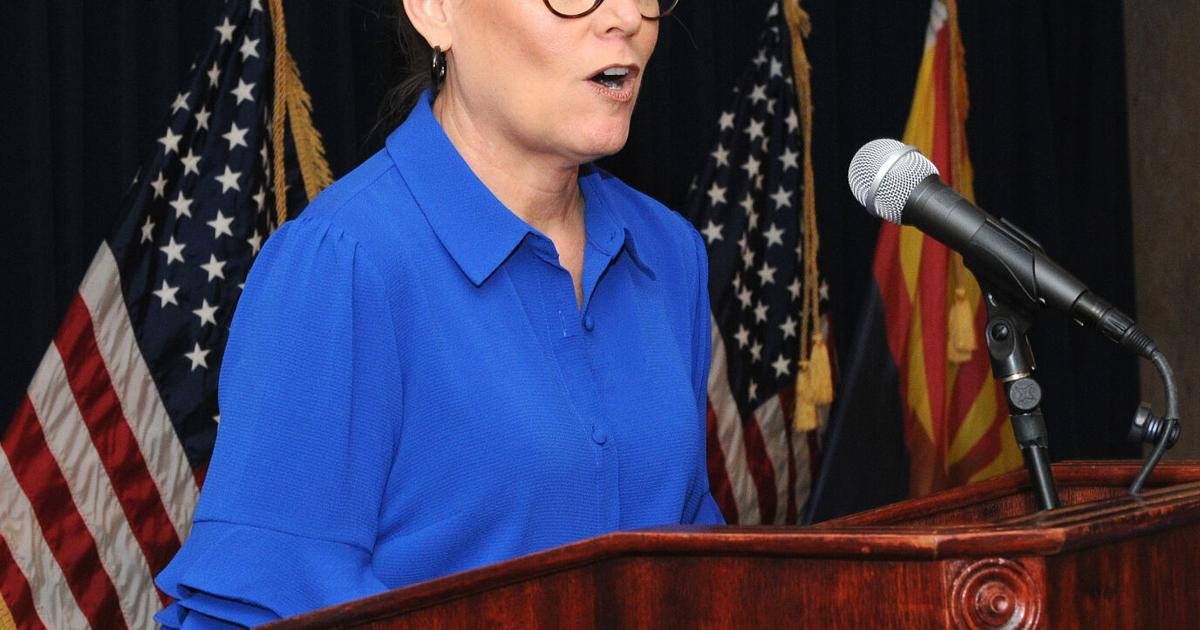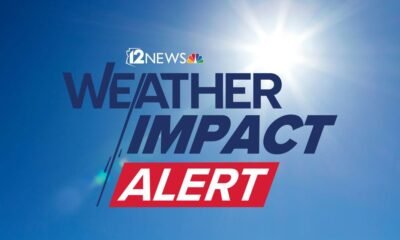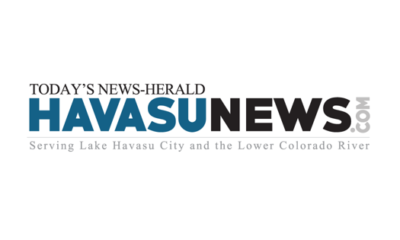Business
Tight Budget Signals Financial Turmoil for Arizona Under Hobbs in Next Two Years

PHOENIX — Arizona Governor Katie Hobbs faces significant budget constraints as projections indicate limited capacity for new spending over the next two years. Legislative budget analysts have reported that while the $2 billion deficit she encountered this year won’t resurface, cuts to state agency budgets and delays in infrastructure projects are unlikely to be reversed.
A critical concern looms with the expiration of Proposition 123 next year, which currently allocates nearly $300 million annually to K-12 education. According to a recent presentation from the Joint Legislative Budget Committee, fulfilling this funding gap along with necessary increases for education and Medicaid will consume most of the state’s available cash over the next three years.
Although current revenues are $425 million higher than projected, experts caution against viewing this surplus as a true windfall. Richard Stavneak, Director of the JLBC, emphasized that budget planning is based on projected revenues over a three-year horizon, leaving the governor with only $159 million in ongoing revenue for new initiatives.
Despite favorable economic indicators in Arizona, including strong job creation and decreasing inflation rates, growth is expected to proceed slowly, nearing 2% annually. Governor Hobbs acknowledged the limitations posed by the tight budget but emphasized her commitment to creating a bipartisan budget that supports public education, small businesses, and veterans.
Republican state Senator John Kavanagh noted that the available funds, described as “fine-tuning money,” suggest that previous cuts are effectively locked in. His comments highlight a potential partisan divide, with Kavanagh expressing optimism about the future economy while recognizing the impact of earlier tax cuts approved under former Governor Doug Ducey.
Further complicating matters, the universal school voucher program initiated in 2022 is expected to require $912 million in spending next year. Kavanagh, defending the tax cuts, argued that they were designed to stimulate economic growth, a point contested by Democrats who claim that such cuts primarily benefit the wealthy at the expense of vital state services.
This year’s budget requests from various state agencies illustrate the demand for increased funding. Arizona’s public universities are seeking an additional $700 million annually, highlighting the need to support educational initiatives amid years of reduced state contributions.
Furthermore, the state’s Medicaid plan requires an extra $251 million, while the Department of Child Safety seeks $64 million to manage rising operational costs. These requests, among others, reveal the significant financial pressure facing the state as it approaches the budget planning period.
The uncertainty surrounding the renewal of Proposition 123 adds another layer to these fiscal challenges. Initially passed by voters in 2016 as part of a settlement regarding underfunded schools, its expiration could jeopardize the financial stability of Arizona’s education system. Discussions have emerged regarding proposals for extending this funding, though political disagreements have stalled progress.
As the 2025 Legislative session approaches, stakeholders in Arizona will be watching closely to see if lawmakers can negotiate a solution to maintain school funding and address the fiscal needs of the state.

















